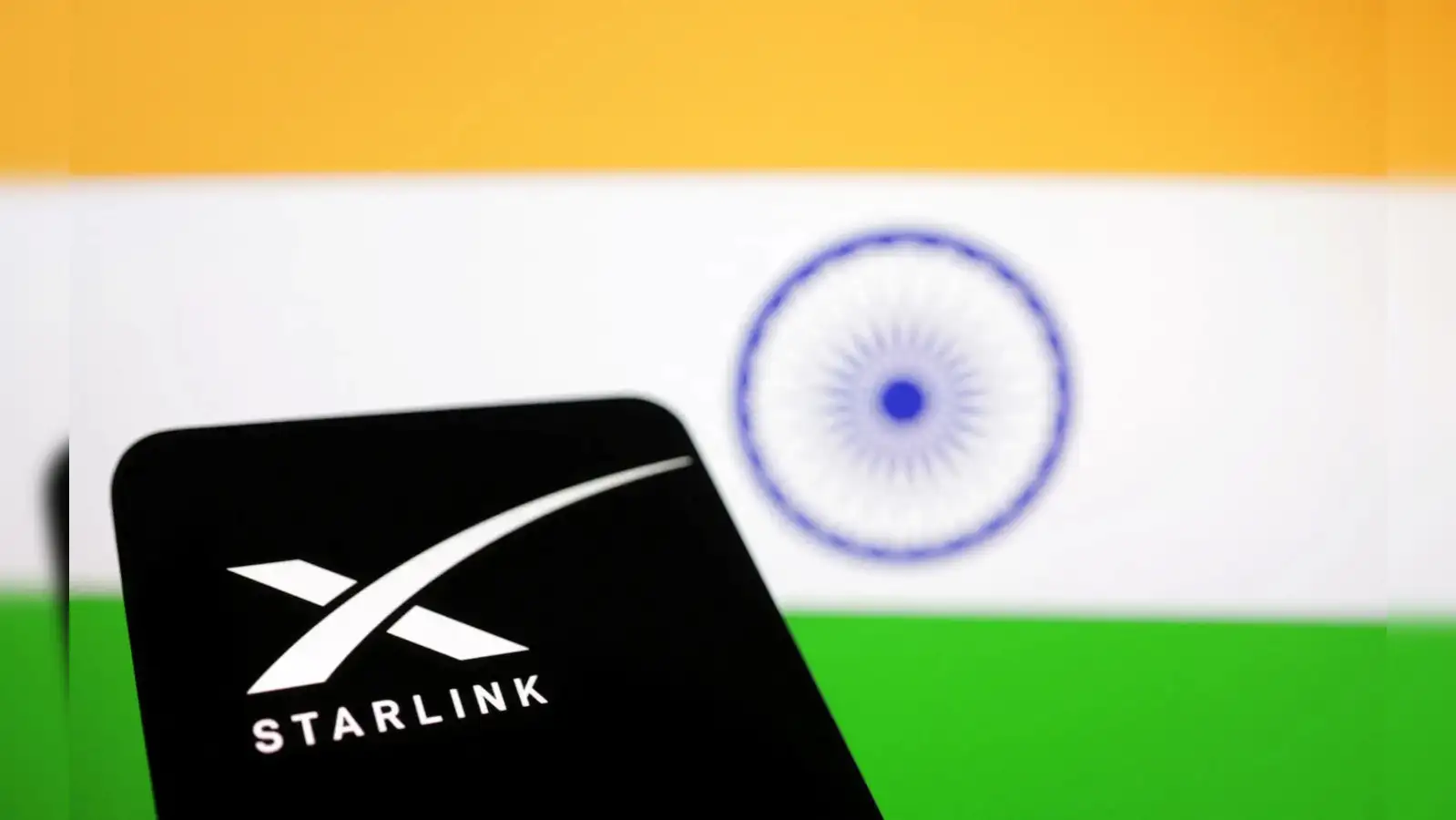Reliance and Airtel Group Contest India’s Low Satellite Communication Fees

A coalition of major Indian telecom companies, including Reliance Jio and Bharti Airtel, has raised concerns over proposed pricing for satellite spectrum in India. They argue that if the spectrum is priced too low, it could unfairly benefit satellite internet services like Elon Musk’s Starlink, potentially harming traditional telecom businesses. The Cellular Operators Association of India has formally requested a review of the pricing structure, emphasizing the need for equitable treatment between satellite and terrestrial service providers.
Concerns Over Pricing Disparities
The Cellular Operators Association of India (COAI) has expressed significant apprehension regarding the pricing model proposed by the country’s telecom regulator. In a letter dated May 29, the COAI highlighted that satellite service providers are expected to pay only four percent of their annual revenue to the government, a stark contrast to the higher upfront auction fees that traditional telecom operators face. The association argues that this discrepancy could lead to an uneven playing field, where telecom companies are burdened with costs approximately 21 percent higher than their satellite counterparts. The letter, which has been reviewed by Reuters, calls for a pricing structure that ensures fairness, stating, “Price per MHz should be equivalent or at least comparable for both, especially when used to reach the same consumers for identical services.”
Starlink’s Influence and Industry Dynamics
Starlink, the satellite internet service operated by Elon Musk’s SpaceX, has been actively lobbying for a more favorable regulatory environment in India. The company has advocated for the assignment of licenses rather than an auction process, aligning with a global trend that views spectrum as a shared resource. Despite this, traditional telecom giants like Reliance and Airtel have been vocal about their opposition to such measures. They argue that allowing Starlink to operate under a different pricing model could undermine their investments and market position. An industry source noted that telecom players are concerned about competing on an uneven basis, as they are poised to offer similar wireless broadband services while incurring significantly higher costs.
Investment in 5G and Future Competition
Reliance Jio and Bharti Airtel have made substantial investments in acquiring 5G spectrum, totaling nearly $20 billion in recent years. This investment is aimed at enhancing their telecom, data, and broadband services. Despite their partnership with Starlink for distribution deals announced in March, both companies are preparing to compete directly with Starlink’s offerings once they are launched. The Indian telecom minister, Jyotiraditya Scindia, recently indicated that Starlink’s licensing process is “nearly complete,” suggesting that the satellite service will soon enter the Indian market. This impending competition raises further questions about the sustainability of traditional telecom models in the face of emerging satellite technologies.
Regulatory Review and Industry Response
The Indian telecom ministry is currently reviewing the pricing recommendations made by the regulator, with a senior government source confirming that industry concerns have been acknowledged in previous discussions. The ongoing debate highlights the complexities of integrating satellite services into India’s telecommunications landscape. As the ministry deliberates on the pricing structure, the outcome will have significant implications for both satellite and traditional telecom providers. The COAI’s call for a reassessment of the proposed rates underscores the critical need for a balanced approach that fosters healthy competition while ensuring fair pricing for all service providers in the rapidly evolving digital landscape.
Observer Voice is the one stop site for National, International news, Sports, Editor’s Choice, Art/culture contents, Quotes and much more. We also cover historical contents. Historical contents includes World History, Indian History, and what happened today. The website also covers Entertainment across the India and World.
Follow Us on Twitter, Instagram, Facebook, & LinkedIn

